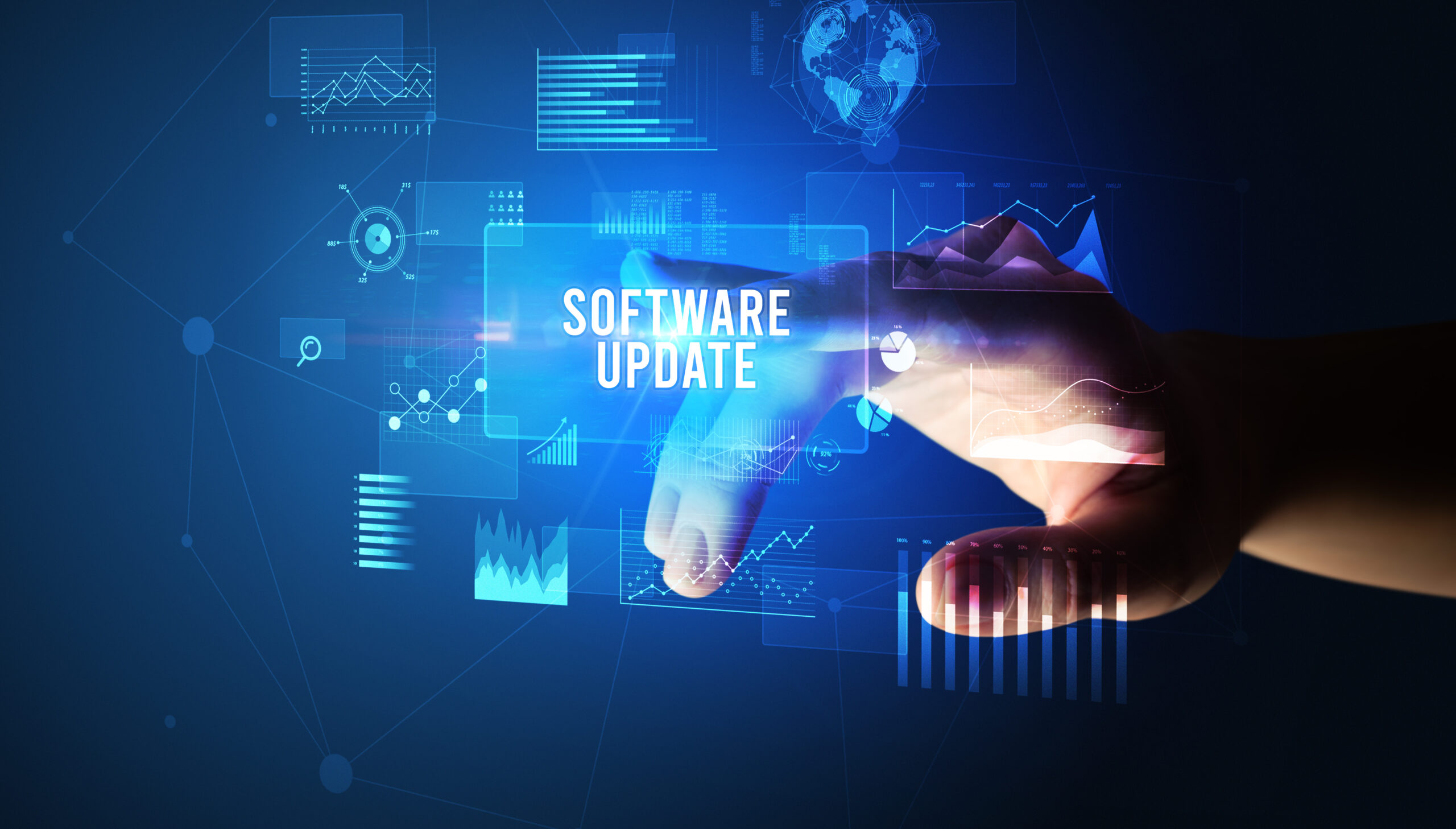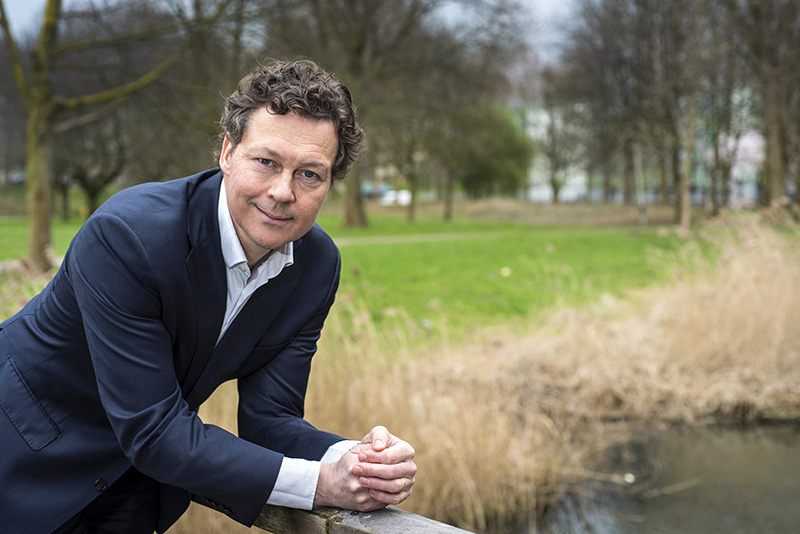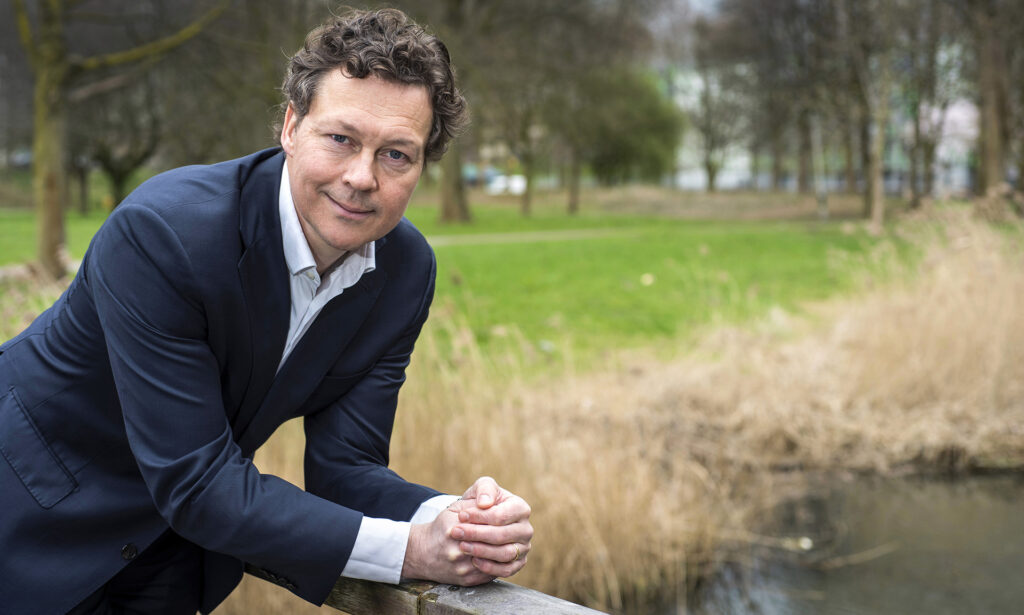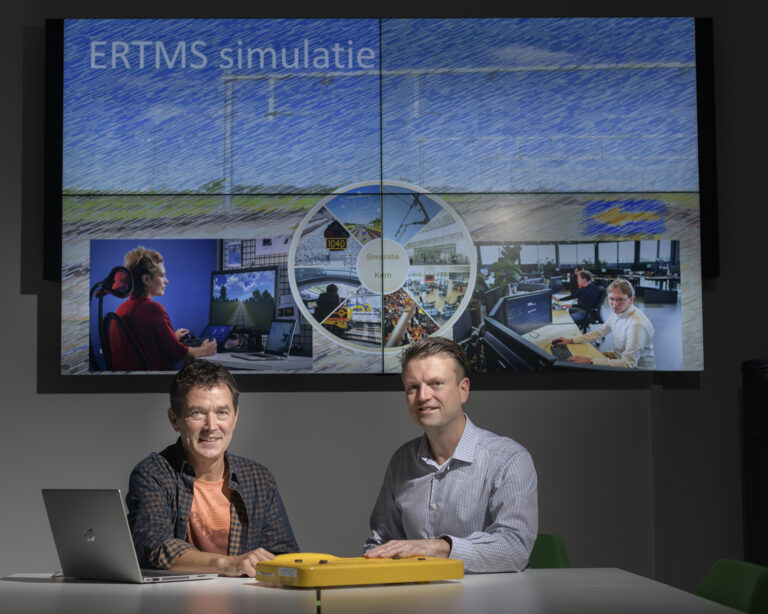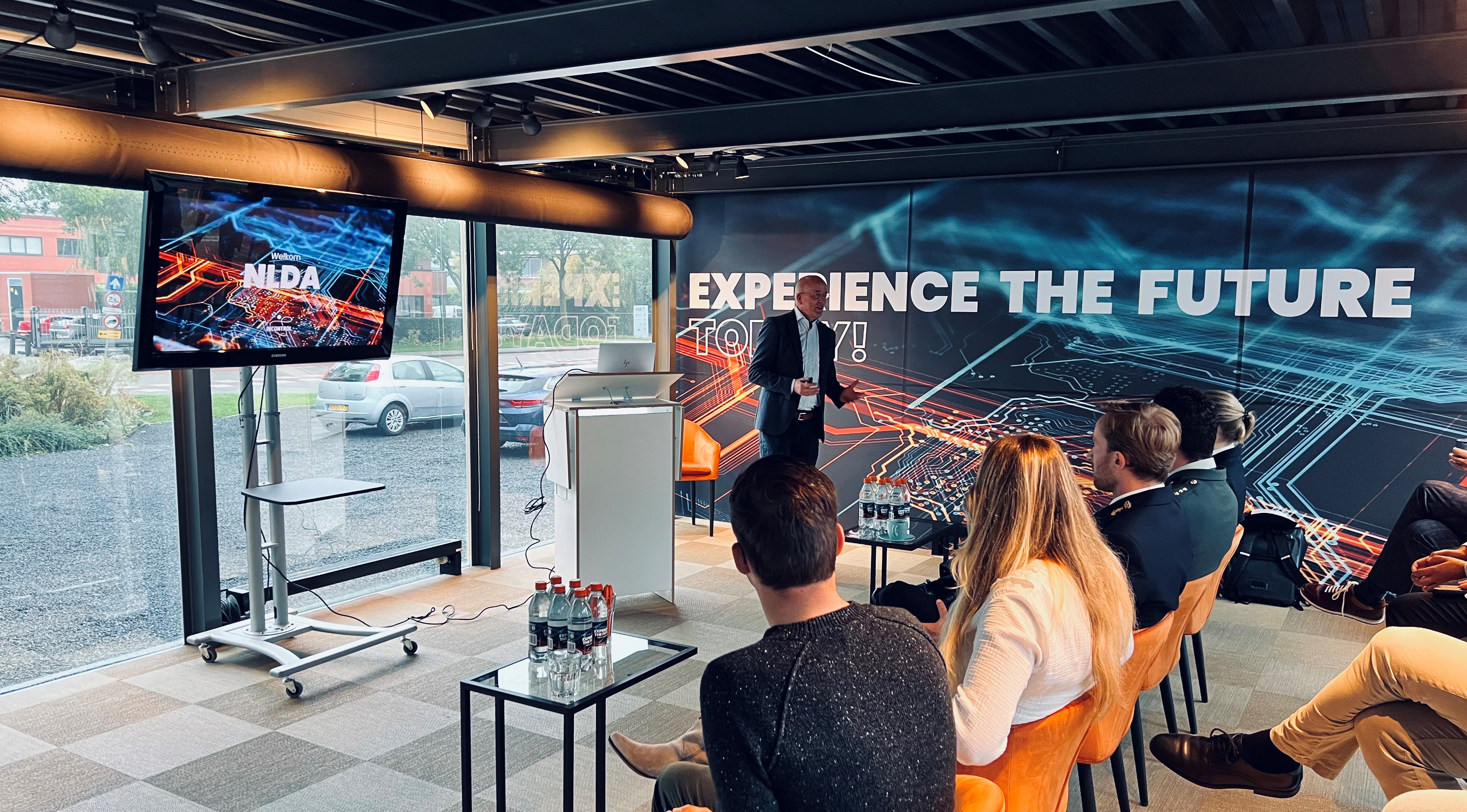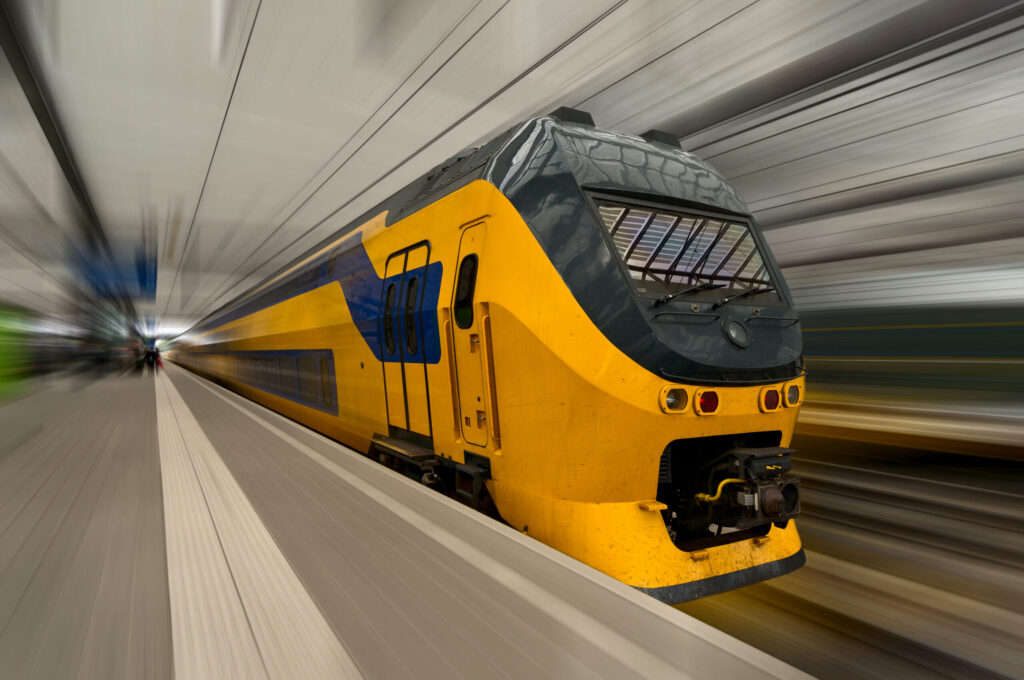
Enhancing Customer Experience: A Collaborative Effort at Ski Dubai
For over 14 years, InControl and Mijksenaar have combined their expertise in wayfinding and simulation software, delivering cutting-edge solutions for venues of various sizes and purposes. One notable project resulting from this collaboration is enhancing the customer experience, optimizing the operational processes, and improving sales at Ski Dubai in the United Arab Emirates, with Majid Al Futtaim as our client.
Ski Dubai is part of the Mall of the Emirates, one of the largest shopping malls in the world, located in Dubai. The unique indoor ski facility was developed by the Majid Al Futtaim Group, which also owns and operates the Mall of the Emirates and all indoor ski facilities in MENA (Middle East and North Africa). The facility features an impressive indoor ski area of 22.500 square meters for skiing and snowboarding enthusiasts and a snow park for additional recreational activities. The indoor facility features an 85-meter-high indoor mountain with 5 slopes of varying steepness and difficulty, including a 400-meter-long run; the world’s first indoor black diamond run. Ski Dubai is a unique attraction, and its strategic location within the mall makes it easily accessible to locals and tourists, contributing to its popularity. It has been ranked number one among the World’s Best Indoor Ski Resort for six years in a row!
The Project Goal
Ski Dubai’s primary goal is to provide visitors with a seamless, personal, immersive, and unique experience. However, challenges arose during peak seasons, with reports of extended queues in the Ski Dubai and adjacent areas in the shopping mall. In response, Ski Dubai enlisted the support of Mijksenaar and InControl for the ‘quick enhancements’ project. Mijksenaar developed a new wayfinding concept, while InControl collaborated to develop insights and implement improvements through a dynamic visitors and staff Digital Twin Simulation model.
The Project Approach
The Digital Twin Simulation Model
With over 35 years of expertise, InControl has been developing Digital Twin Simulation Software solutions. The software significantly contributes to the decision-making process, operational monitoring, control, and performance optimization. These solutions are integral throughout all project phases, from system design to implementation and operations.
In the context of Ski Dubai, InControl utilized its Crowd Management Simulation Software to create a Digital Twin, serving as a robust tool that utilized various types of data for making informed decisions about the entire venue. Using the digital twin model, Ski Dubai was able to identify bottlenecks and explore potential improvements, such as adjusting layouts of counters and kiosks, changing and relaxing areas, infrastructure, routing, staff capacity planning, and visitor flows. The goal was to optimize specific aspects of the layout or process, ultimately enhancing the overall performance.
The dynamic pedestrian digital twin covered various activities within the Ski Dubai complex, including arrival, orientation, e-ticketing purchases, ski- and snowboard equipment rental, changing rooms, and visits to the cold area. The model offered valuable insights into queue length, waiting times, total throughput time, high densities, area occupancy, user experiences, equipment sales in the shop, and more.
The insights derived from this dynamic model empowered Ski Dubai to create a more seamless and efficient customer experience in the warm area. This collaboration with InControl was a strategic approach to addressing specific challenges and elevating visitors’ satisfaction, particularly during peak seasons.


Figure 1: Digital Twin Simulation Model showcasing the Admission Area. On the left, is a 3D visualization of the area; on the right, is a density map highlighting the distribution within the admission area.
Creating a Journey through Wayfinding
Mijksenaar’s multidisciplinary designers were brought in to ensure a stress-free, enjoyable, and consistent journey could be promised to every visitor. With 38 years of wayfinding experience, Mijksenaar assessed the location holistically, looking at the complete journey from the visitors leaving their homes, ordering tickets, arriving at the location, queuing, ticketing, changing, slopes, and dining to their return home. The wayfinding solutions are built on the Mijksenaar ‘ONE’ Principle: Orientation, Navigation, and Experience, and are tailored to each specific situation.









Figure 2: The user journey from a wayfinding perspective.
By combining Mijksenaar’s ONE Principle with insights from InControl’s Digital Twin model, Mijksenaar conducted the following analyses and implemented a complete wayfinding review:
- Interior architectural updates to reorganize the lobby, changing and queueing areas for smoother flows
- Streamlining a complex journey to just 5 simple steps with the ‘5 Steps to the Snow!’ concept, managing visitor expectations and reducing queuing
- Analyzed cultural needs by changing the combination of choices and offers given
- Reducing visual clutter and unnecessary choices with straightforward, clear, and intuitive wayfinding
- Creating tertiary spaces where people can gather to spend time with each other before or after the visit
- Website synchronization, ensuring all terminology, offers, branding, and navigation was consistent both online and in the physical space
- Bespoke wayfinding signage.
The Mijksenaar team utilized natural wayfinding principles to manipulate the orientation and navigation of the space, simplifying entrance, desk, and queue areas to cut down on time for visitors. UX design ensured all communication was visually compatible for every visitor at Ski Dubai, connecting and reaffirming the brand. These changes manifested into a complete update of the entire venue, vastly improving the guests’ experiences.

Figure 3: Renovated admission area.
The Results
The collaborative initiative addressed specific challenges and led to a comprehensive transformation, resulting in a future-proof, scalable, enriched, and more enjoyable experience for visitors at Ski Dubai.
The collaborative effort yielded highly positive results for Ski Dubai:
- Implementing the digital twin and new wayfinding concept significantly improved the customer experience, increasing Net Promoter Score (NPS) by 20%, surpassing Ski Dubai’s goal
- A 17% increase in sales at shops and a 10% expansion of open space, enhancing spatial awareness and understanding.
- A significant decrease in peak and queuing times.
- The ability to predict and proactively provide extra guest services.
- An increased sense of community among visitors, increasing positive employee and visitor reviews
- Opportunities for rental spaces in the warm zone.
- More, and better interactions with visitors, focusing on experiences rather than operational questions.
“
The cooperation with the Ski Dubai Team and the recognized knowledge, experiences, and simulation software of both InControl and Mijksenaar guaranteed this project as well as the results, delivered within the committed scope, planning, and budget. We are looking forward to continuing the cooperation with Mijksenaar to the Majid Al Futtaim Group and other leading companies.
– Frank van Poeteren, CCO of InControl Enterprise Dynamics
“
This project shows that good wayfinding and spatial design adds significant, measurable value to a service. Visitor experience has skyrocketed, and the operational process has improved dramatically. This means not only bottom-line growth for a more efficient organization but especially top-line growth with new customers and better-fitting service. This has been made possible by the cooperation between Mijksenaar InControl, a partnership we are so proud of.
– Aad Kalkman, Managing Director, Mijksenaar
In conclusion, the collaborative efforts between InControl and Mijksenaar have not only transformed Ski Dubai into a seamless customer experience but also set a benchmark for future operations and improvement actions in enhancing visitor satisfaction. By combining cutting-edge simulation software with innovative wayfinding solutions, Ski Dubai has seen a remarkable leap forwards in customer flow, spatial awareness, and overall enjoyment. This success underscores the value of strategic partnerships and the application of advanced technologies in shaping exceptional experiences.
For inquiries about how our solutions can benefit your venue, please reach out to us:
- Frank van Poeteren, CCO at InControl Enterprise Dynamics via https://www.incontrolsim.com/contact/
- Aad Kalkman, Managing Director at Mijksenaar via https://www.mijksenaar.com/contact/
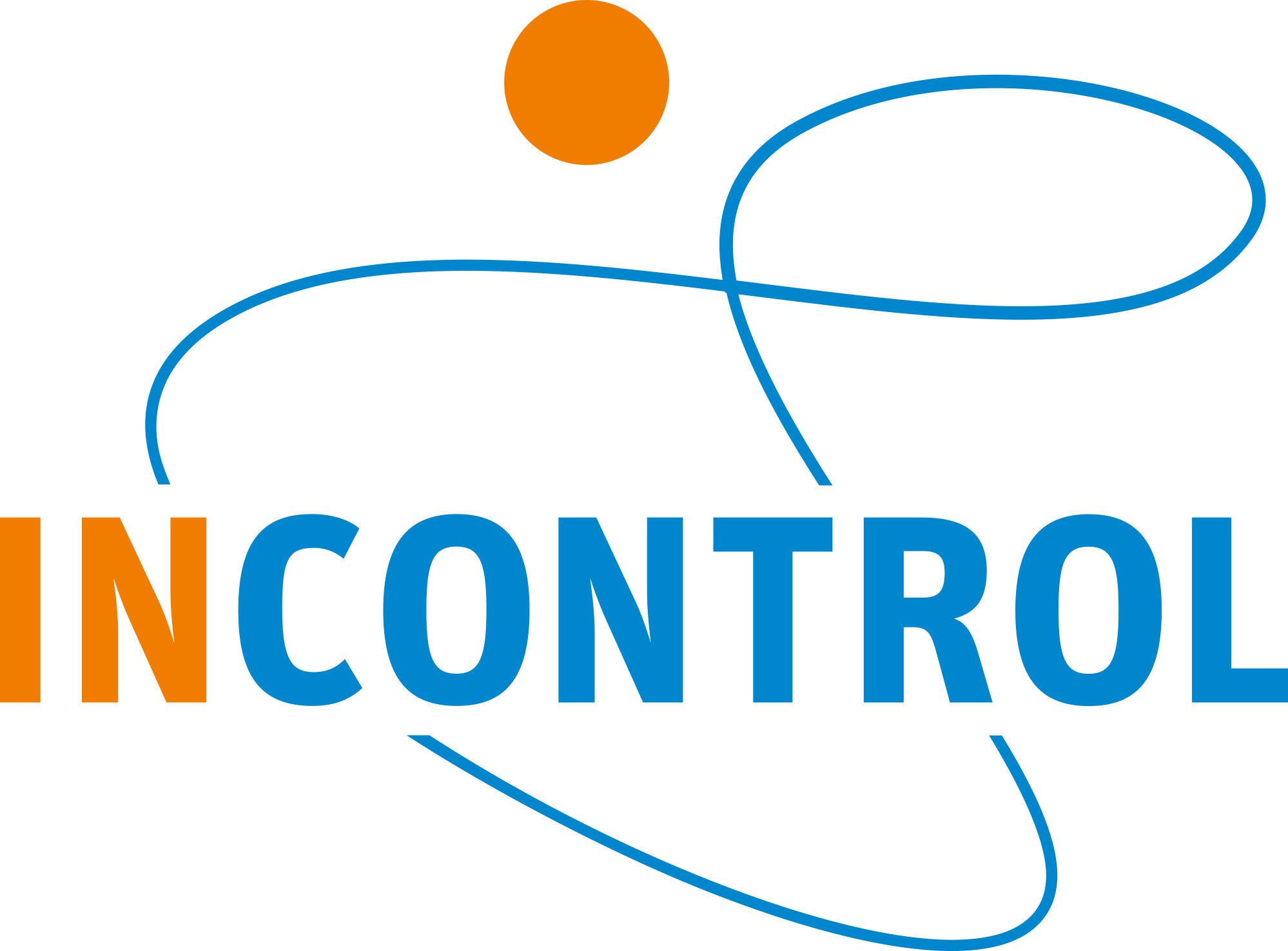











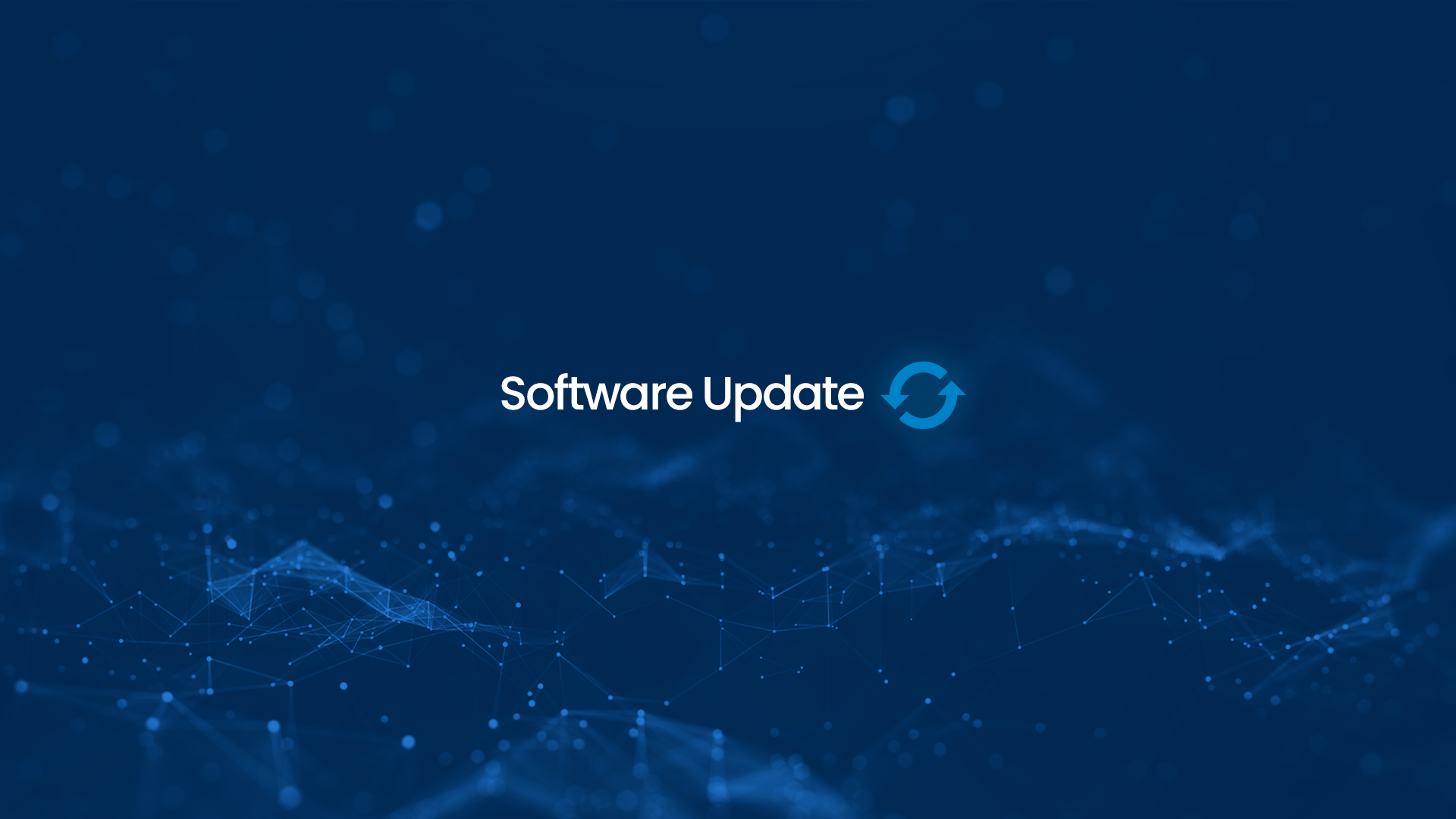
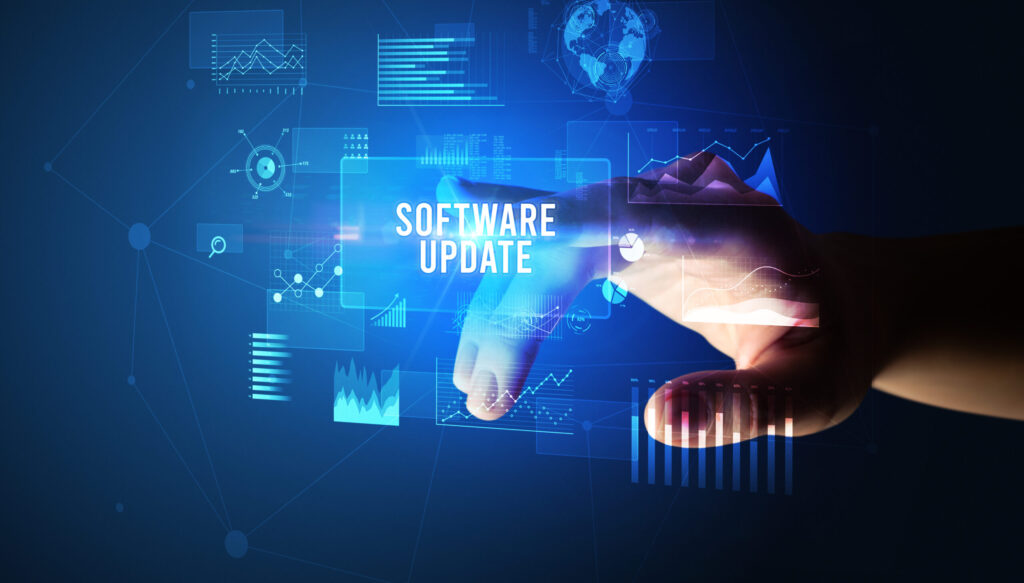
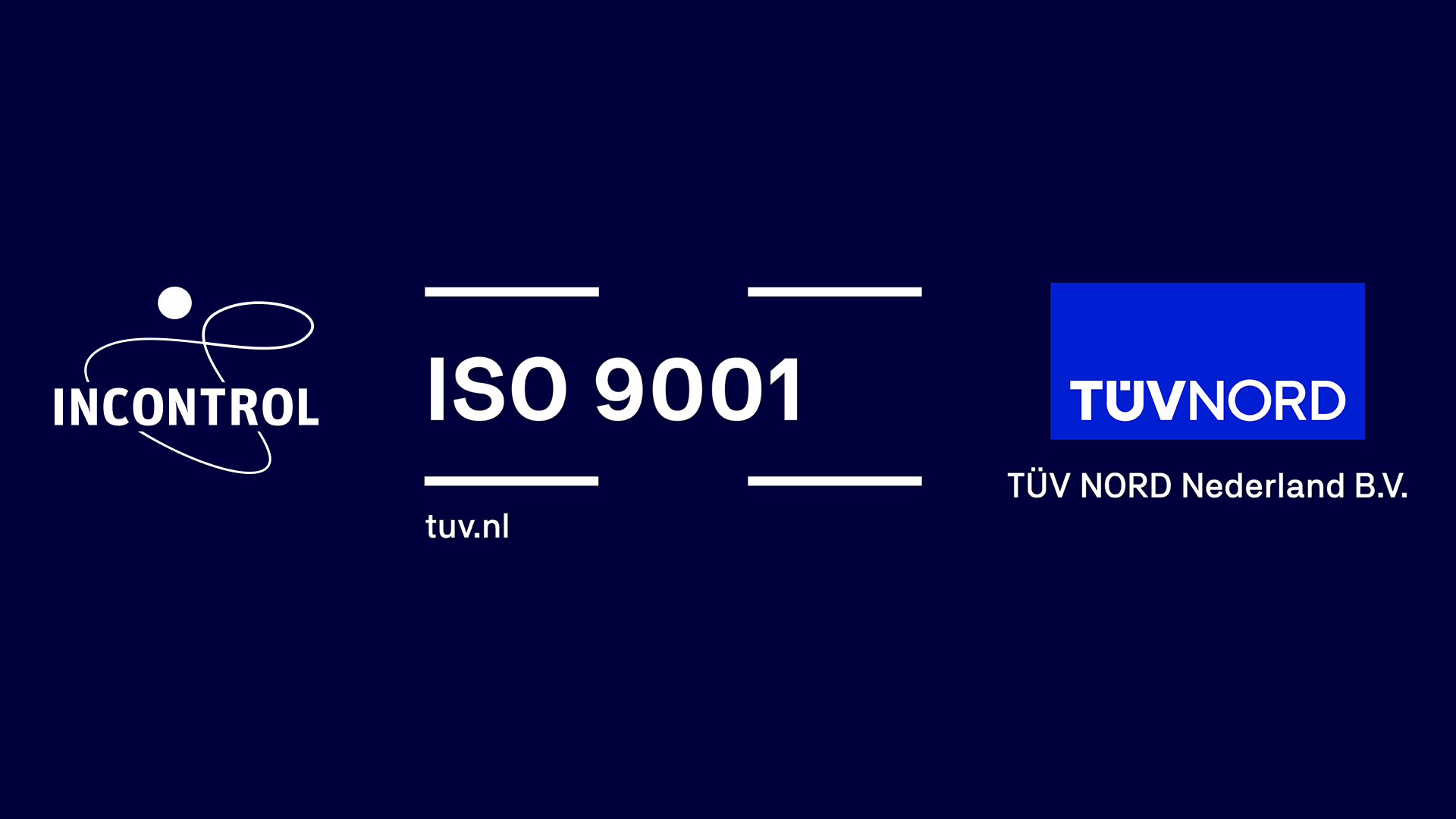
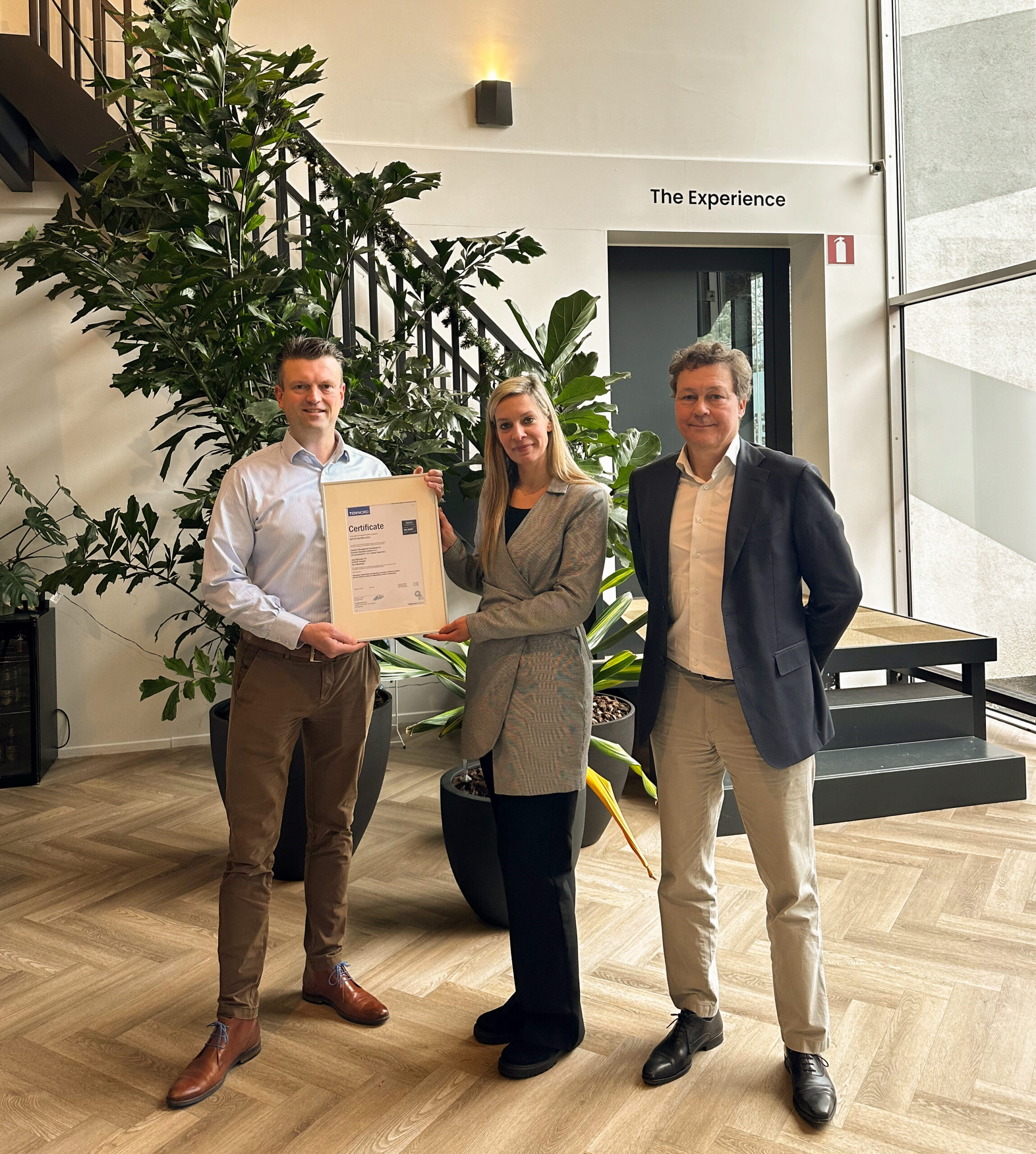
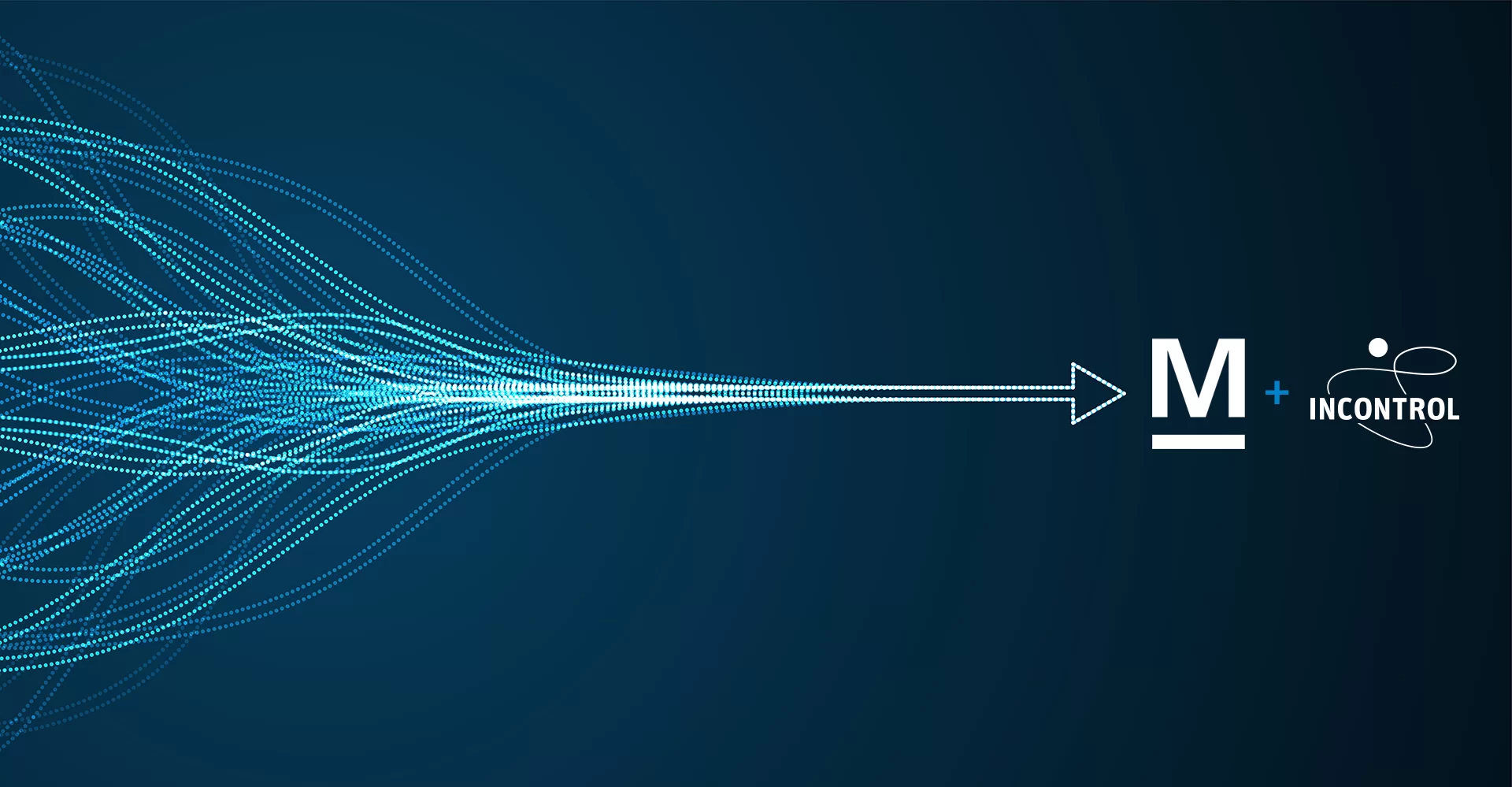
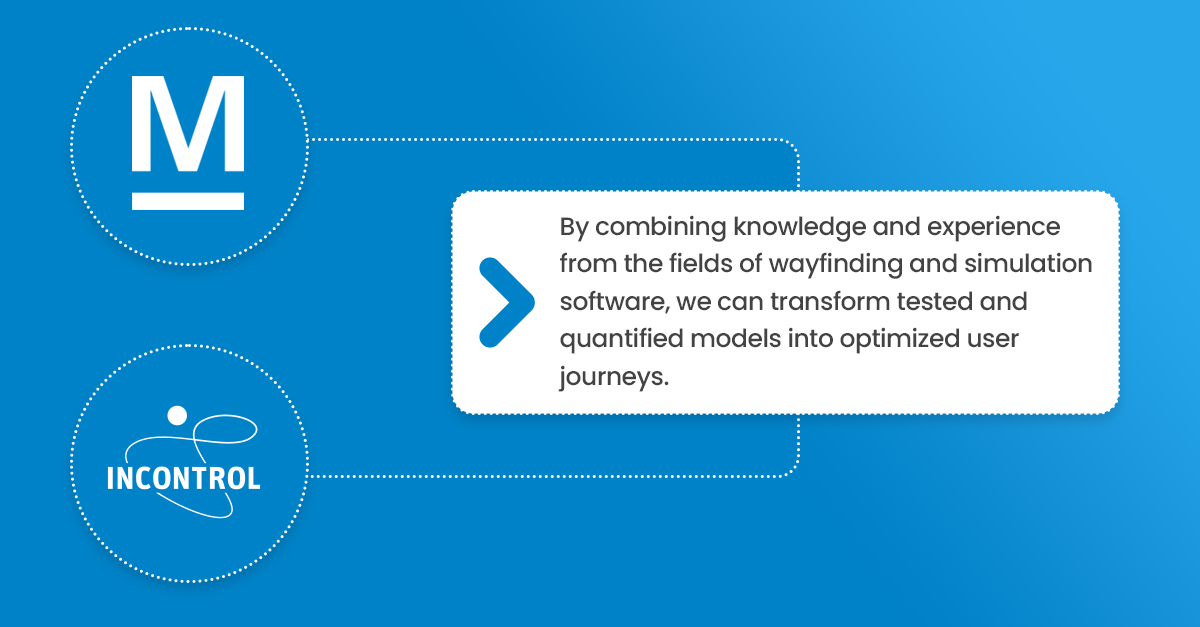

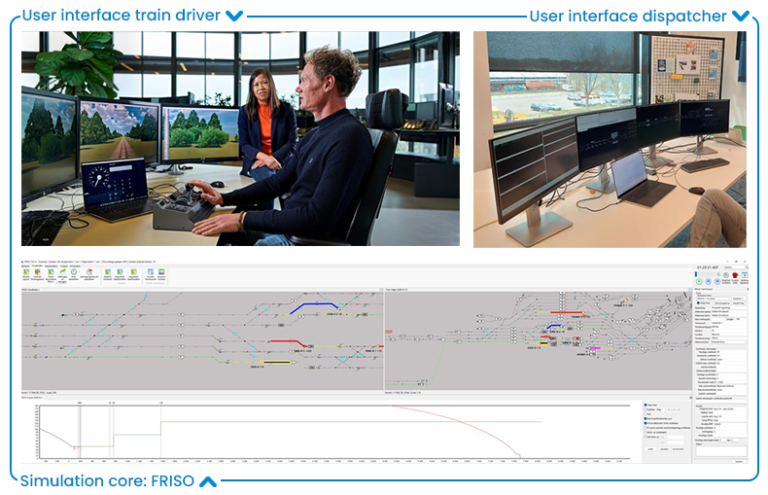
 User Processes”, viewers are taken into the world of ERTMS user processes. In an interview with Jos Schoenmaker (project manager at ProRail ICT), the SiGMaT project is discussed, in which the EOSS (ERTMS Development Simulation Suite) simulation environment is used to perform system analyses to test ERTMS user processes.
User Processes”, viewers are taken into the world of ERTMS user processes. In an interview with Jos Schoenmaker (project manager at ProRail ICT), the SiGMaT project is discussed, in which the EOSS (ERTMS Development Simulation Suite) simulation environment is used to perform system analyses to test ERTMS user processes.
